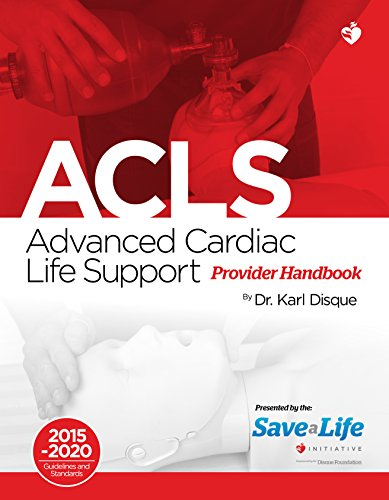Advanced Cardiac Life Support Provider Handbook 2015-2020

This advanced cardiac life support course highlights the importance of high-performance team dynamics and communication, first aid, systems of care, recognition and intervention of cardiopulmonary arrest, immediate post-cardiac arrest, acute dysrhythmia, stroke, health care management and acute coronary syndromes(ACS). This health care first aid course improves outcomes in complex cardiovascular, respiratory and other health care ethics (e.g. metabolic, toxicological) emergencies by expanding on core ACLS guidelines and encouraging critical thinking and decision-making strategies. Through instruction and active participation in case-based scenarios, learners enhance their skills in the differential diagnosis and treatment of pre arrest, arrest and post arrest patients. Our education training material is created maintained by practicing physicians, adhering to American Heart Association ducks(AHA) guidelines(2015 – 2020). This ACLS for health care providers let you know about health care law and ethics.
ACLS INITIAL ASSESSMENT:
• Determining whether an individual is conscious or unconscious can be done very quickly. If you notice someone in distress, lying down in a public place, or possibly injured, call out to them.
• Make sure the scene is safe before approaching the individual and conducting the BLS or ACLS Survey.
• When encountering an individual who is “down”, the first assessment to make is whether they are conscious or unconscious.
• If the individual is unconscious, then start with the BLS Survey and move on to the ACLS Survey.
• If they are conscious, then start with the ACLS Survey.
Approximately, every five years, the AHA updates the guidelines for ACLS. The content contained herein is based on the most recent AHA publications on ACLS and will periodically compare previous and revised recommendations for a comprehensive review.


Comments are closed.